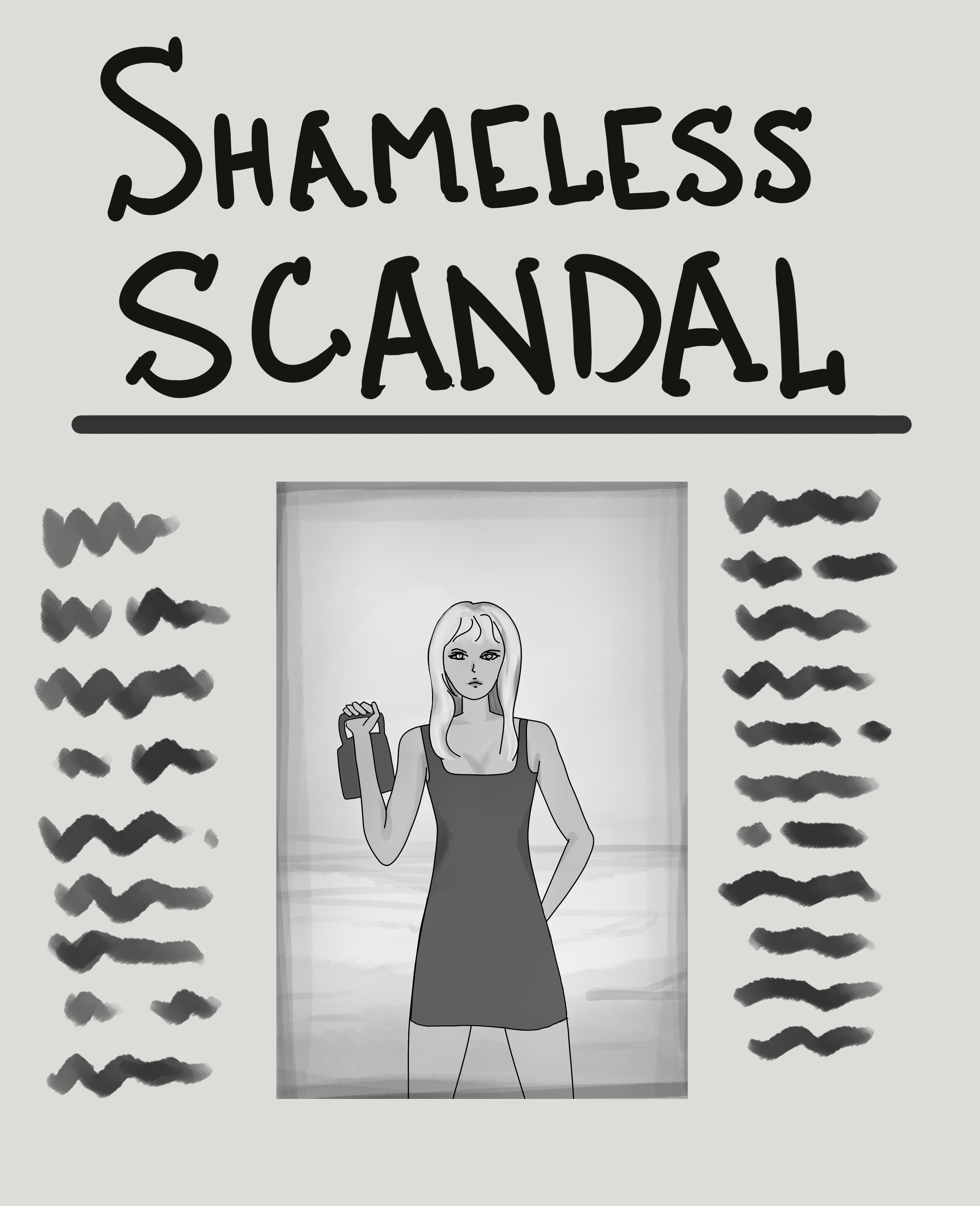Film(me) fatales: movies about women and by women - Pamela, A Love Story
March, 2023
Historically, a woman’s body seems to be discussed in either two ways — its utility or its aesthetic. In Ryan White’s documentary “Pamela, A Love Story” (2023), the Canadian-American actress Pamela Anderson tried to set the record straight, revisiting the tragedies and scandals that made her both misunderstood and underestimated in the entertainment industry.
The documentary begins
with Anderson in a plain white robe with little to no makeup, her hair blowing freely in the wind. After being shown glimpses of her current life, the viewers are taken back to her childhood home in British Columbia, one distant from the ugliness of pop culture. The peace of mundane life abruptly ended for Anderson after being discovered on a big screen at a Canadian Football League game. Although she doesn’t go into depth about the abuse she endured or her ties to the incarceration of her friend Julian Assange, who was arrested for attempting to hack into a government computer, she doesn’t ignore the heavier topics of her history either. It could be that the topics were too personal for her to unravel in a one-episode documentary, but it also seemed that Anderson didn’t want to deviate from the purpose of this documentary — telling her true story.
Her covers in Playboy Magazine first introduced her to the entertainment industry, but she became more well known after starring as a lifeguard in “Baywatch,” a television show about lifeguards who patrol the beach of California. Anderson quickly rose to fame with just a few airs, her audience revisiting each episode for her curvy body and beachy blonde hair. However, as a result of being known for such things, the projects she starred in never gave her any credibility as an artist, and her image mainly revolved around her looks rather than her ability. She continued her career with premieres and films, but the media she put out was very restricted. At the height of her career, her sex tapes with Tommy Lee, a rock musician of a heavy-metal band Motley Crue, were leaked, and her widespread fame became her greatest enemy. Despite the exhausting lawsuits and negotiations for the sex tape, the sexual exploitation continued, and her career disintegrated as she closed herself off from society, never getting a proper chance or platform to reveal her side of the story.
It is quite ironic how Anderson was the only person that took accountability for such actions when the viewers were the people that paid for and continued exploiting her image. If it took twenty years and a Netflix documentary for people to finally acknowledge Anderson as human, how long would it take for regular women to be seen as well? It is quite peculiar how little the media in the 1990s actually knew about her other than her celebrity persona, despite the aggressive curiosity of the media and paparazzi. Even though Anderson was very carefree and optimistic in her day-to-day life, it was like people couldn’t separate her personal life and her career, blurring her identity through misogyny and bias.
Overall, the documentary was pleasing to watch, mainly because it was shot through Anderson’s eyes. As Anderson watched herself from films in the 1990s, viewers can sympathize with the pain she has for her naive younger self. While there’s nothing wrong with being known for your figure or looks, most of the bitterness that was expressed by Anderson came from the fact that because she was known for such things, her career wasn’t respected. It’s very often we see pop stars or brands rebranding themselves and trying to break out of their old image. However, with such raw footage of her, and most of her appeal coming from one genre, it would have been hard for her to remain relevant, as she would have to erase the Anderson that the public wanted — a carefree, sexy woman. It was fulfilling to watch Anderson relieve her frustrations by using her own words to give herself a piece of justice. Knowing she has been
speaking up about how disregarded she was by the entertainment industry for years, this documentary reveals her true story — a narrative the public turned a blind eye to for far too long.